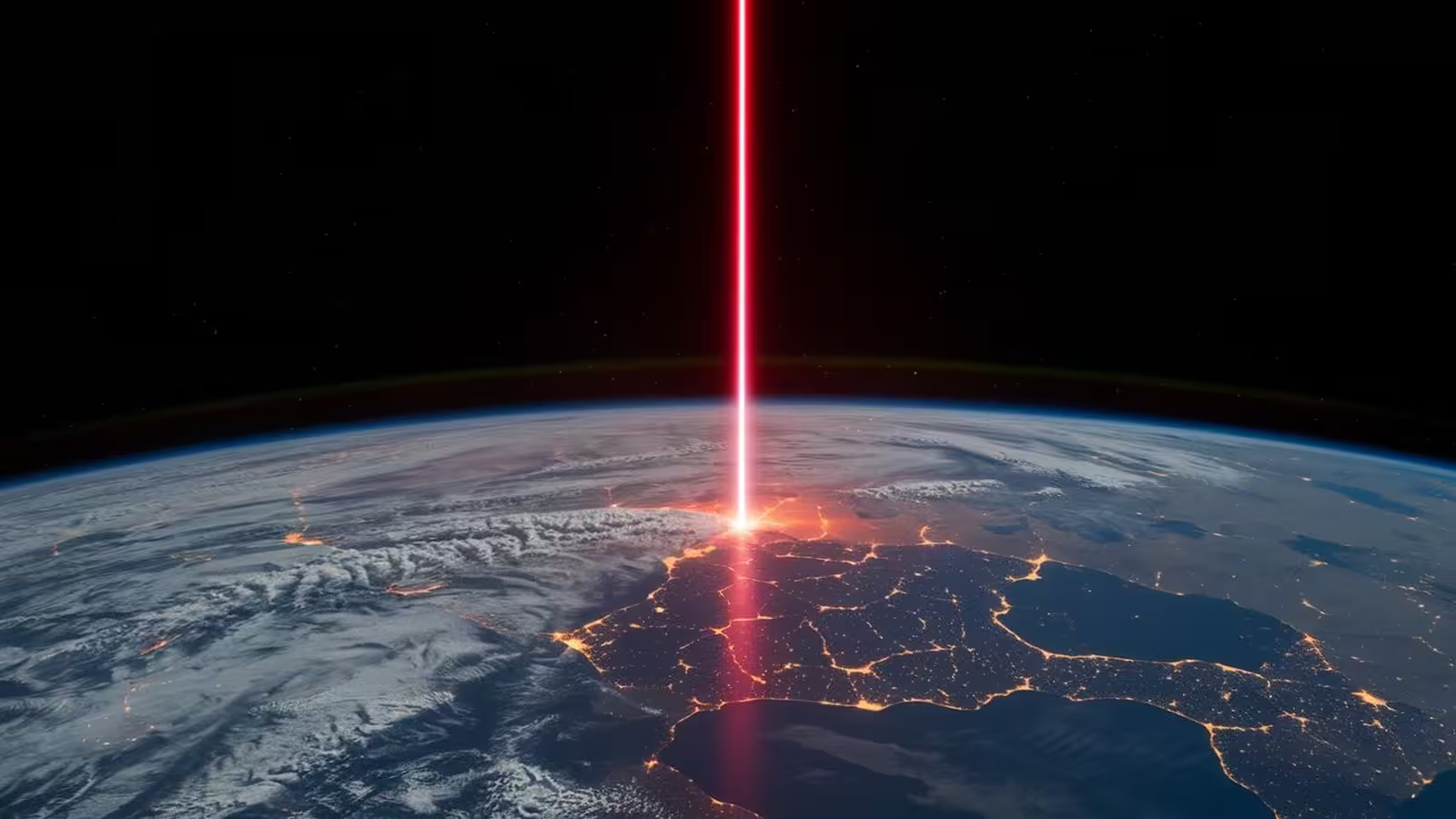5 Minutes
The Enigma of Earth’s Nine-Day Pulse
In late 2023, scientists were confronted by an unusual Earth-generated signal: every 90 seconds, for nine consecutive days, seismic sensors across Greenland detected a recurring tremor. At a glance, such rhythmic disturbances evoke thoughts of cosmic oddities—like Marsquakes or Jupiter’s magnetic auroras. However, this persistent terrestrial pulse originated from a natural phenomenon far closer to home, providing critical insights into Earth’s dynamic systems and the technologies used to investigate them.
Origins: Landslide, Megatsunami, and the Birth of a Seiche
The story began in Greenland’s Dickson Fjord, where a dramatic landslide unleashed a powerful megatsunami. This event did not just send waves crashing through the fjord; it triggered a rare oscillation known as a 'seiche.' A seiche is a standing wave that occurs in enclosed or partially enclosed bodies of water, like fjords or lakes. Triggered by intense seismic activity, sudden atmospheric pressure changes, or in this case, a catastrophic landslide, these waves can oscillate back and forth for hours or even days. At their peak, the waves in Dickson Fjord reached heights of up to two meters (6.5 feet).
What made this case extraordinary was that, after the initial landslide and tsunami, the seiche’s motion seemed to be trapped by the fjord’s configuration and lingering sea ice. This trapped energy generated very long period (VLP) seismic signals—subtle, rhythmic pulses that mystified geoscientists and sparked widespread investigation into their origin.
Challenges in Detection and the Breakthrough with SWOT
Early attempts to confirm the existence of the seiche faced significant hurdles. Traditional satellite altimeters, limited by their observation intervals and coverage, failed to track the standing wave’s progress in detail. Much of the wave activity occurred between satellite passes, while the ability to measure height differences outside the satellite’s direct path was restricted.
The breakthrough came with the advent of NASA’s Surface Water and Ocean Topography (SWOT) satellite, an international mission aimed at high-resolution mapping of Earth’s water surfaces. SWOT’s key instrument, the Ka-band Radar Interferometer (KaRIn), offered unprecedented spatial and temporal coverage, extending into regions previously difficult to monitor from space—such as enclosed fjords like Dickson.
As SWOT transitioned into its operational Science phase, it began a 21-day orbital cycle at an altitude of 890 kilometers (553 miles), systematically mapping global water bodies and remaining unsynchronized with the Sun. This unique orbit reduced signal interference, ensuring more accurate readings of water surface oscillations.
Piecing Together the Evidence: Data, Models, and Scientific Ruling
A multidisciplinary team led by Dr. Thomas Monahan from Oxford University meticulously examined SWOT’s data over Dickson Fjord during the critical weeks in September and October 2023. They combined this satellite data with seismic records and ground-based observations, reconstructing the fjord’s behavior after the landslide. Their efforts produced detailed models showing how the seiche oscillated between the fjord’s icy boundaries, gradually losing energy over time.
Crucially, the team systematically excluded other possible sources for the seismic signal, such as wind-driven waves or localized atmospheric disturbances. Weather reconstructions and atmospheric models further substantiated their findings. As Monahan’s group noted in their Nature Communications paper: “Based on the seismic attribution, and systematic ruling out of other dynamic phenomena, we conclude that the observed variability in the SWOT data is consistent with that of a slowly decaying seiche.”
Their work represents not just the solution to a persistent geophysical puzzle, but also a milestone in the application of next-generation satellite remote sensing to hydrological and geophysical research.
Implications for Earth Observation and Future Research
Understanding seiches and related standing wave phenomena is vital for both natural hazard assessment and environmental monitoring. Fjords, in particular, represent challenging environments for satellite mapping due to their narrow, ice-affected shapes and often remote locations. The successful detection of a decaying seiche in Dickson Fjord demonstrates how advanced satellite technology—such as the SWOT mission—can revolutionize the study of dynamic processes in similar regions around the globe.
“The SWOT satellite is a game changer for studying oceanic processes in regions such as fjords which previous satellites struggled to see into,” explained Monahan in a press statement, emphasizing the significance of these observations for advancing our understanding of Earth’s water systems.
Moreover, this case illustrates the interplay between catastrophic geological events (like landslides and megatsunamis) and their long-lasting impacts on local and global geophysical processes. By integrating satellite-based data with ground observations, researchers are now better equipped to detect, analyze, and predict such phenomena, potentially improving disaster preparedness and contributing to the broader science of Earth system dynamics.
Conclusion
The discovery and confirmation of a rare seiche in Greenland’s Dickson Fjord—triggered by a massive landslide and megatsunami, and revealed through the advanced capabilities of the SWOT satellite—marks a significant advancement in Earth observation and geophysical science. This achievement highlights how modern satellite technologies now allow scientists to solve long-standing mysteries, monitor complex natural phenomena, and enhance our understanding of the ever-changing planet we call home.
Source: popularmechanics



Comments